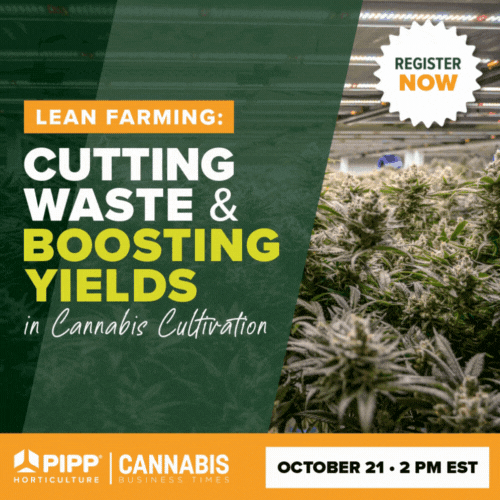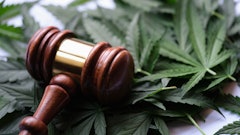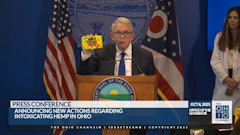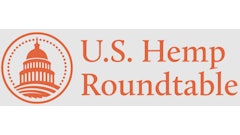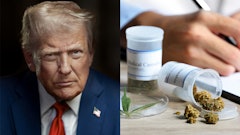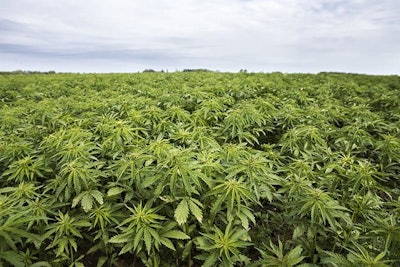
Earlier this week, the U.S. Department of Agriculture (USDA) posted its draft of interim regulations for the newly legal hemp industry. These rules now provide guardrails for business owners, lawmakers and financial institutions of all stripes, but they’re up for debate.
Read up on the draft rules here. And provide your public comment here. The commenting period will close Dec. 30.
As of Friday morning, the department had received 55 comments. These comments will help mold amendments to the rules as the department compiles its final draft.
The rules as written currently address land use, sampling and testing, disposal of non-compliant plants, inspection compliance, information sharing, certification resources and the intersection of USDA oversight and state regulations for hemp production. Of particular note is the USDA’s draft stance on testing, which has become a marquee topic for conversation and debate in this first year of federally legal cultivation and sales.
Here’s what the rules have to say about that:
“Samples must be tested using post-decarboxylation or other similarly reliable analytical methods where the total THC concentration level reported accounts for the conversion of delta-9-tetrahydrocannabinolic acid (THCA) into THC. Testing methodologies currently meeting these requirements include those using gas or liquid chromatography with detection. The total THC, derived from the sum of the THC and THCA content, shall be determined and reported on a dry weight basis.”
Of course, THC content cannot exceed 0.3%. If farmers do cross that threshold, they’ll need to destroy their crops.
According to the USDA, “If a producer has produced cannabis exceeding the acceptable hemp THC level, the material must be disposed of in accordance with the CSA and DEA regulations because such material constitutes marijuana, a schedule I controlled substance under the CSA. Consequently, the material must be collected for destruction by a person authorized under the CSA to handle marijuana, such as a DEA-registered reverse distributor, or a duly authorized Federal, State, or local law enforcement officer.”

